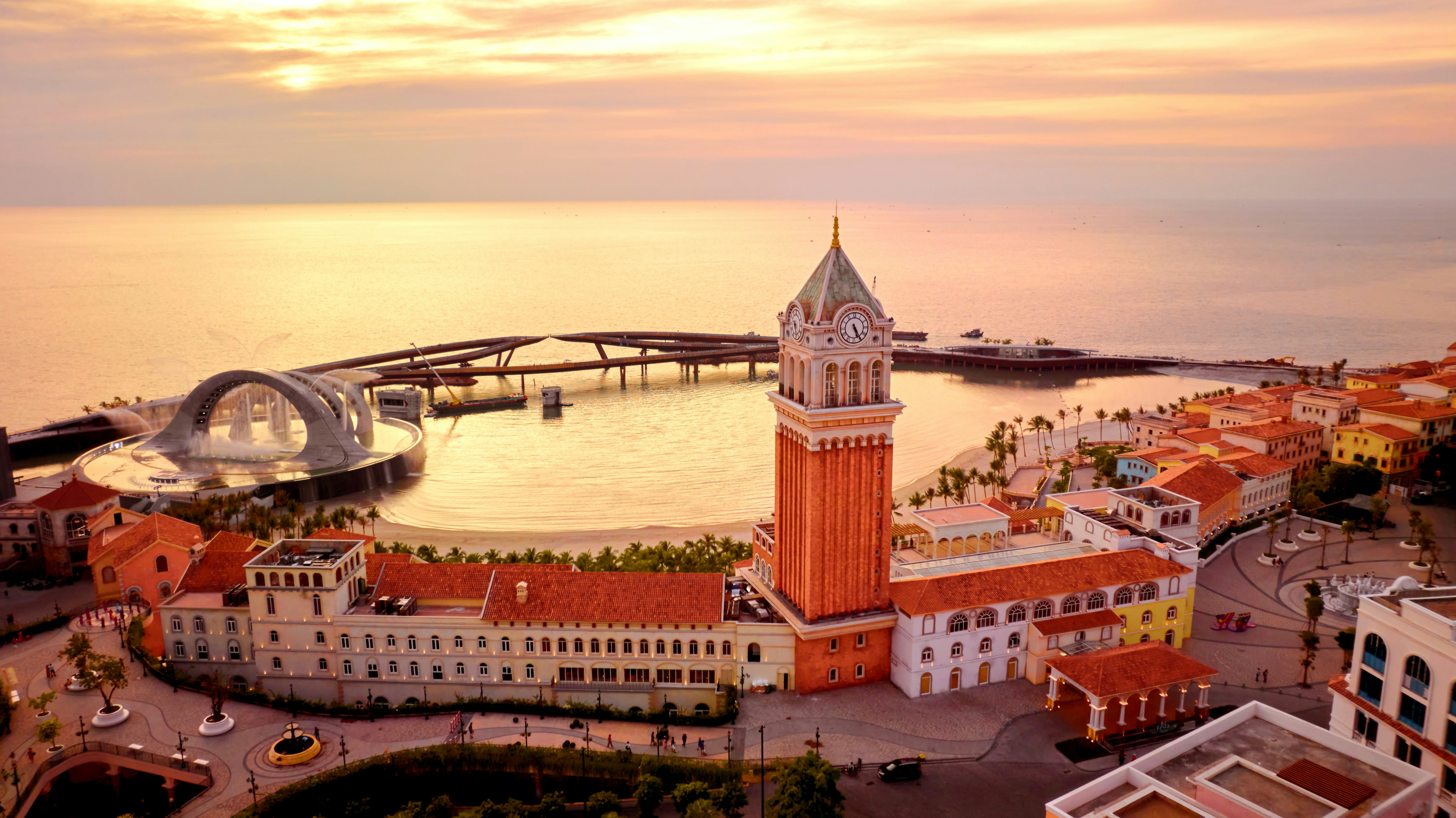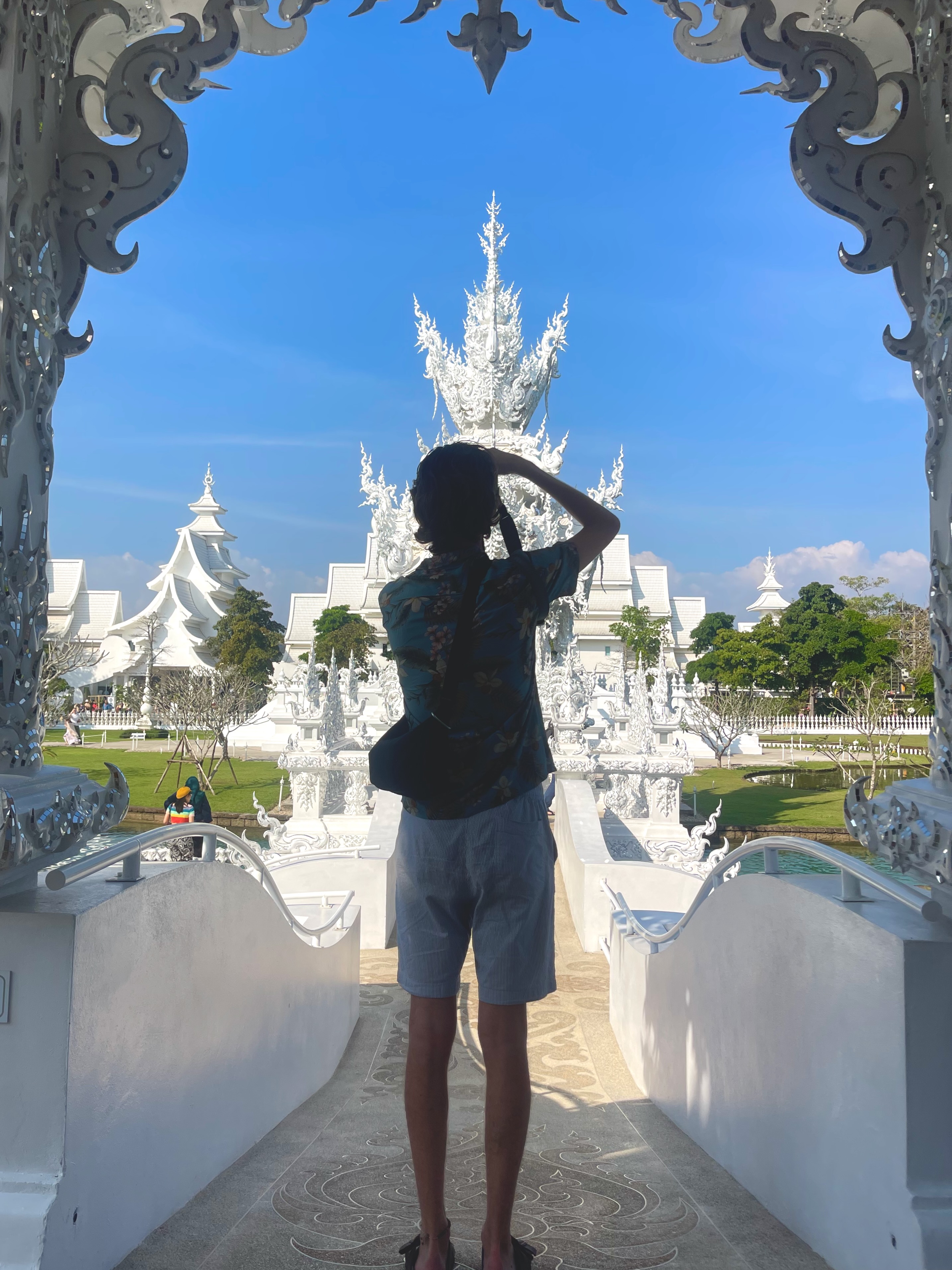
I’m standing amidst a turbulent sea of humanity - 60,000 people shuffling forward in a hot, sticky procession. Faces glistening with sweat, phone cameras raised like flags, the air thick with sunscreen and anticipation. We are all here, marching willingly toward a place built by hands now long turned to dust.



























